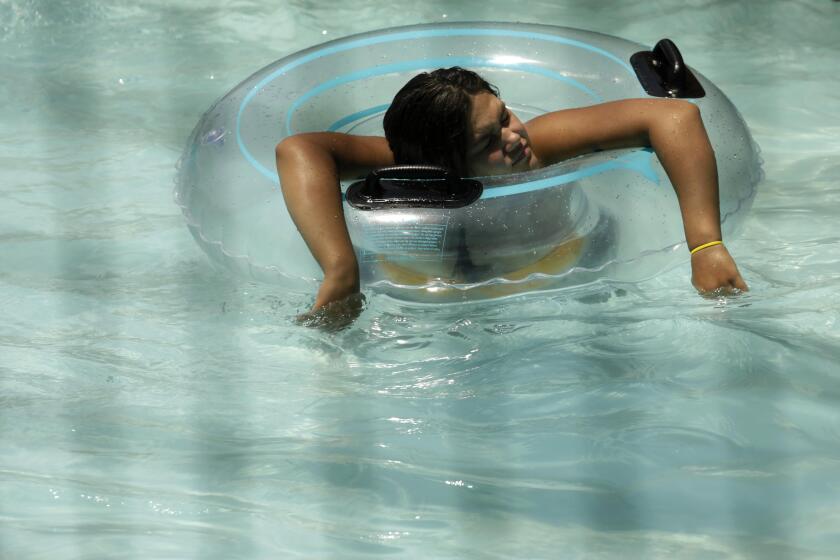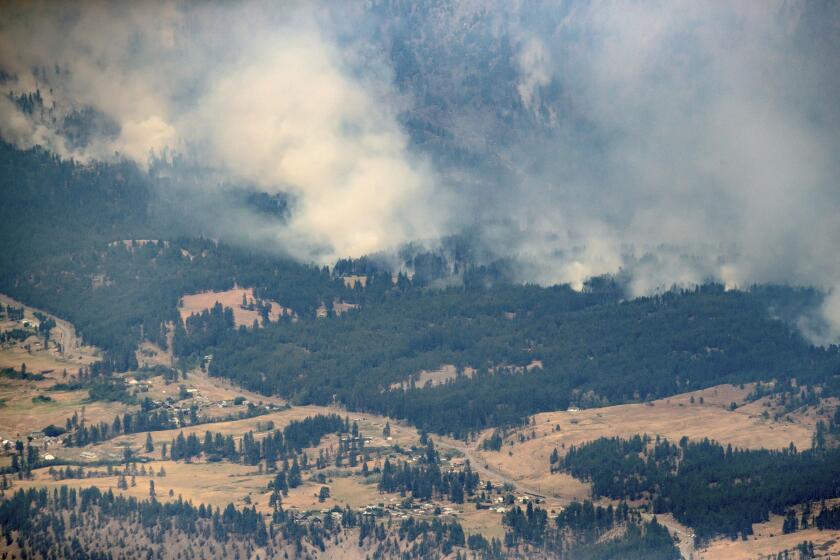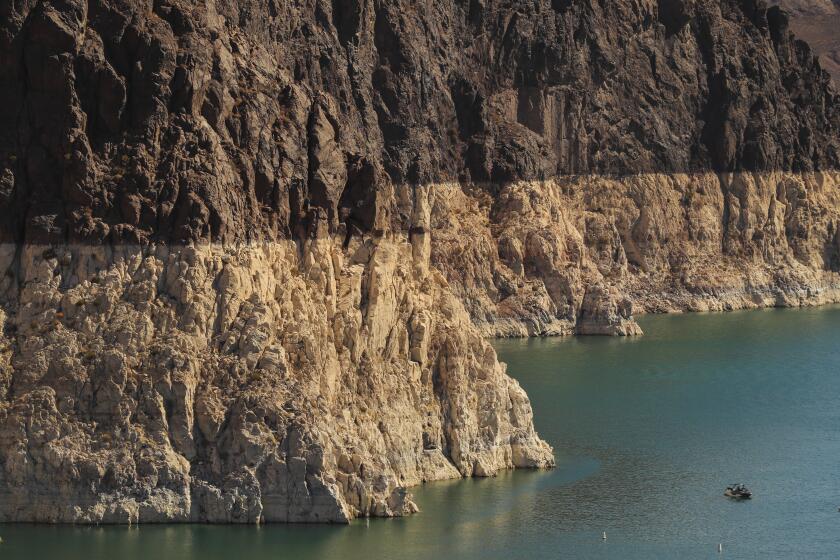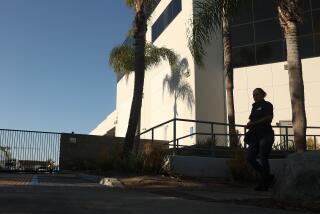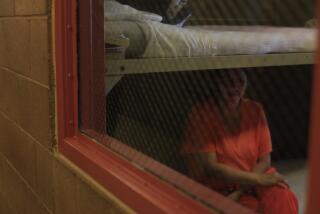People struggled to tap resources during the Northwest heat wave
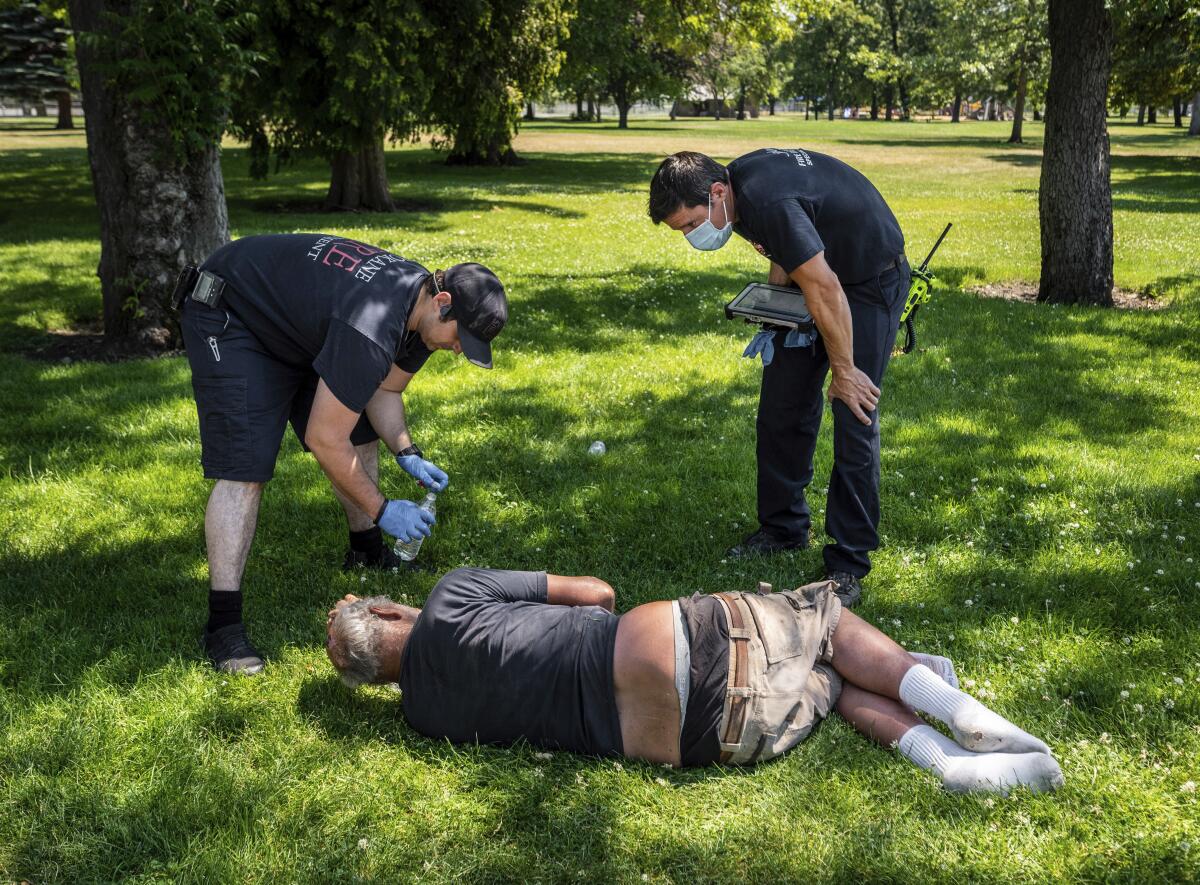
PORTLAND, Ore. — People in Oregon struggled to get rides to cooling centers during the recent heat wave that is believed to have killed hundreds across the Pacific Northwest, officials said Monday, and staffing shortages prevented callers from reaching operators at an information line.
State authorities are examining their response to scorching temperatures that broke all-time records across the region late last month as the American West struggles with a historic drought and climate change makes extreme weather more common and intense. Oregon blamed 116 deaths on the heat, Washington state reported at least 91 and officials in British Columbia say hundreds of “sudden and unexpected deaths” are likely due to the soaring temperatures.
“One of the heartbreaking things about this heat wave is that there were resources that were available to communities, whether it was cooling centers or transportation, and folks couldn’t access those resources to protect themselves,” Andrew Phelps, director of the Oregon Office of Emergency Management, said at a news conference.
In the week leading up to the late June heat wave, Oregon officials contacted providers, set up cooling centers and connected with vulnerable populations, including the thousands of homeless people who live on the streets of Portland and in low-income communities.
One major complaint from community members was not knowing where to go to cool down and a struggle to find that information.
For days, officials urged people to call a helpline that can connect them with health and social service organizations to learn about cooling centers and transportation. But as temperatures started rising, people said they couldn’t get through to an operator.
“We found out that 211 was not staffed during the weekend, so we asked what it would take to staff the center so people could get information they needed,” said Fariborz Pakseresht, director of Oregon’s Department of Human Services. “They told us they needed additional funding to staff the center. We then provided the funding and staffed the phone lines during the heat wave.”
However, staffing was still limited, and people said there were long waits before they were connected to an operator. The Oregonian/OregonLive reported that hundreds of Multnomah County residents who called couldn’t get through, leaving ailing people stranded in the heat or forcing them to call 911.
Cara Kangas, the helpline’s partnerships director, told the newspaper that 80 callers got through on June 26 — the start of the heat wave — and 15 were offered rides to cooling centers. More than 750 calls were abandoned, she said, although it’s unknown how many were seeking cooling information.
The problem didn’t get fixed until Sunday afternoon.
Another major challenge, officials said, was getting residents, many of whom do not have air conditioning and are used to mild early summers, to comprehend the danger of the extreme heat.
“There have been historically few places in Oregon that experience a substantial number of days over 90 degrees,” said Patrick Allen, director of the Oregon Health Authority. “Yet, due to climate change, nearly the entire state will need to prepare for steady increases and extreme heat over the next few decades.”
A heat wave in the Pacific Northwest and western Canada was virtually impossible without human-caused climate change, a study says.
Temperatures reached as high as 116 degrees Fahrenheit in Portland.
State officials say as heat waves become more common, they are adapting to climate change and updating their response to extreme weather, including having more conversations with cities and counties on what they need to help residents.
Democratic Gov. Kate Brown directed agencies last week to study how Oregon can improve its response to heat emergencies and enacted emergency rules to protect workers from extreme heat after a farmworker died.
Lake Mead is at the lowest water levels in its 85-year history. Federal officials who manage the lake expect to soon declare a water shortage.
The review of the state’s actions will look at the number and location of cooling centers, the speed and frequency with which health data is provided for emergency management, and how agencies communicate and think about risk, said Phelps, the head of the emergency management agency.
Phelps said officials also will look at specifics on cooling centers — how big they are, where they are located, how many there are per capita and how close they are to vulnerable populations.
“The extreme heat conditions we experienced in Oregon last month seemed otherworldly. Oregon has experienced triple digits before, but the notion that cities like Portland and Salem could get above 110 degrees, much less surpass 115 degrees and do so only in late June, seems unthinkable,” said Allen, the health authority director. “But the reality is that such excessive and deadly conditions may be here to stay.”
___
Cline is a corps member for the Associated Press/Report for America Statehouse News Initiative. Report for America is a nonprofit national service program that places journalists in local newsrooms to report on undercovered issues.
More to Read
Sign up for Essential California
The most important California stories and recommendations in your inbox every morning.
You may occasionally receive promotional content from the Los Angeles Times.
